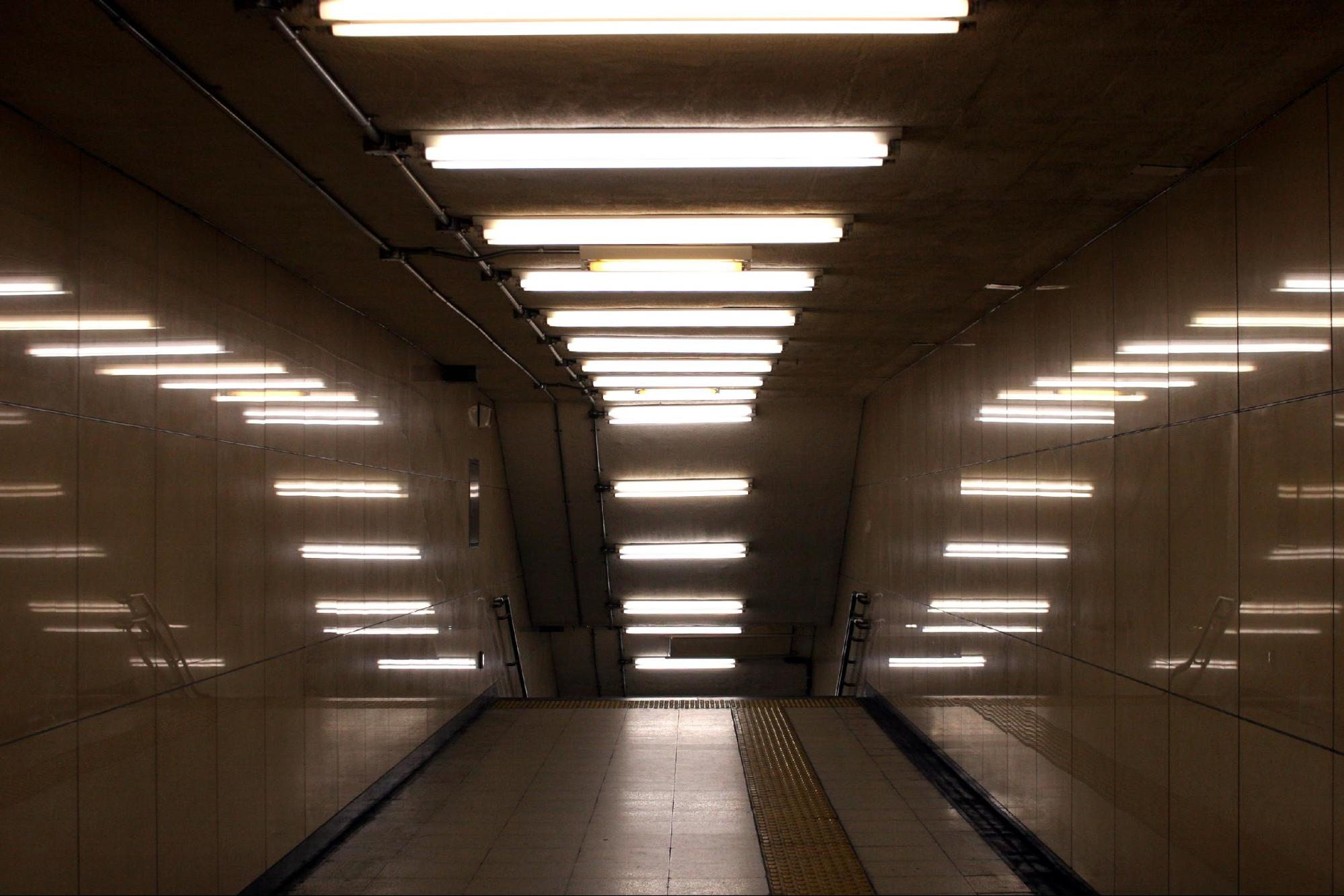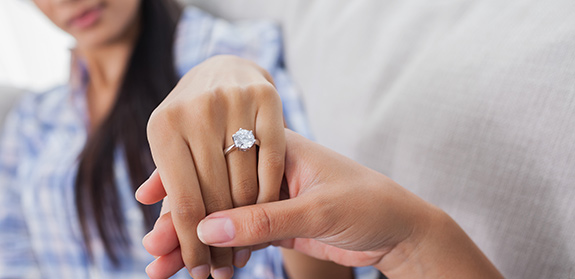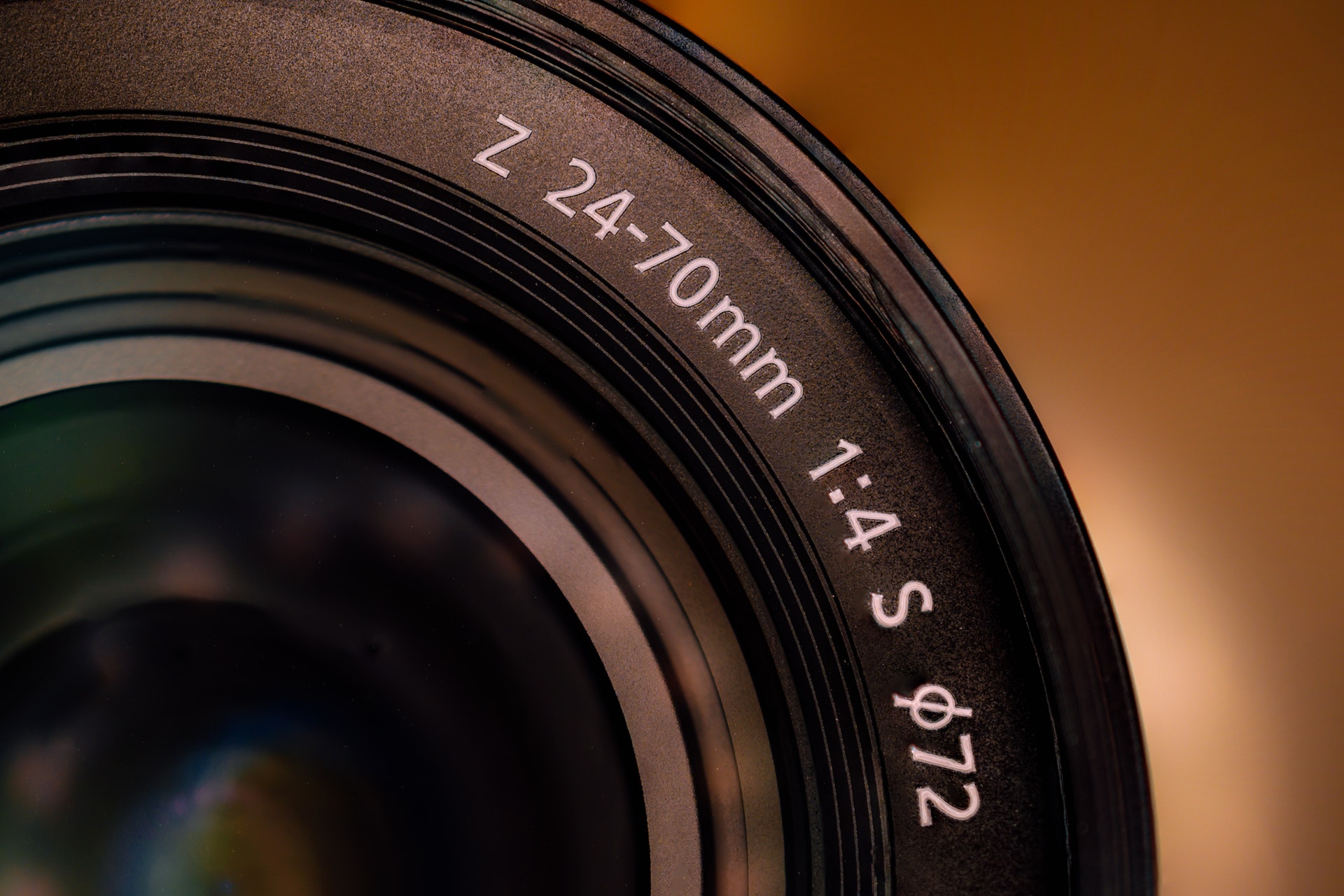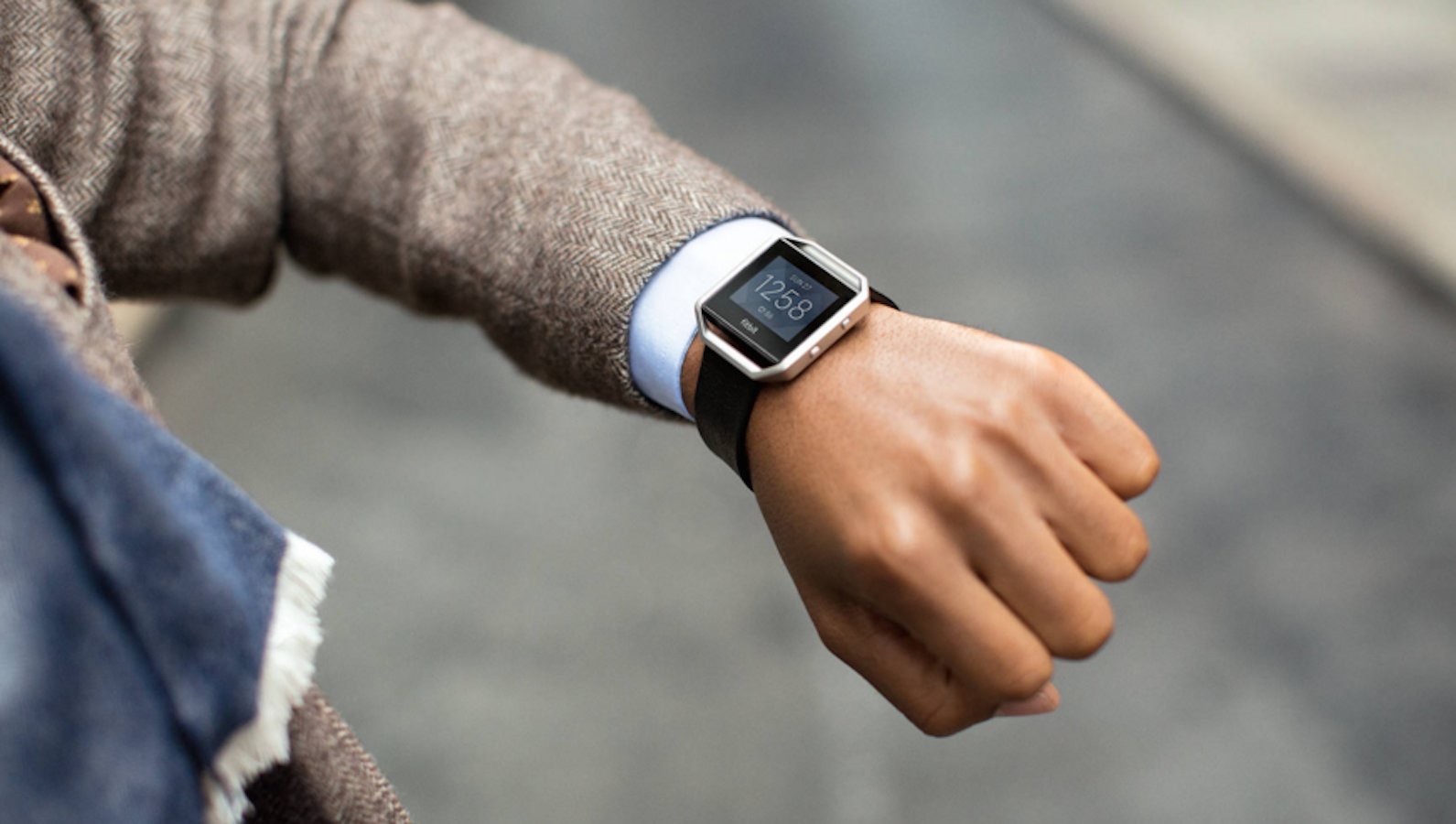All across the globe, savvy home and business owners are embracing energy-efficient lighting options. Traditional incandescent bulbs are quickly becoming relics of the past, and today there are better solutions readily available. In particular, fluorescent light bulbs and LEDs are preferred for their energy efficiency and long lifespans. If you’re considering a budget-friendly lighting upgrade, fluorescent bulbs are an excellent choice.
What Are Fluorescent Lights?
Fluorescent lights produce illumination using an entirely different process than traditional incandescent light bulbs. Incandescent bulbs contain a thin tungsten filament. Electricity runs through the filament, and the resistance turns the electricity into heat. As a result, this heat causes the filament to glow. The problem is that this process uses a significant amount of energy. In the past, we relied on them because incandescent lighting was our only option. Today, many advances in technology are changing the way we illuminate our homes and businesses.
Fluorescent light bulbs have electrodes at each end of the tube, and argon and mercury gas inside. When electrons flow through the tube, it excites the mercury atoms, which creates ultraviolet photons of light. This method produces far less heat than the incandescent method. According to HowStuffWorks, a 15-watt fluorescent bulb can produce the same amount of light as a 60-watt incandescent bulb. That means less energy consumption, which translates to less money spent.
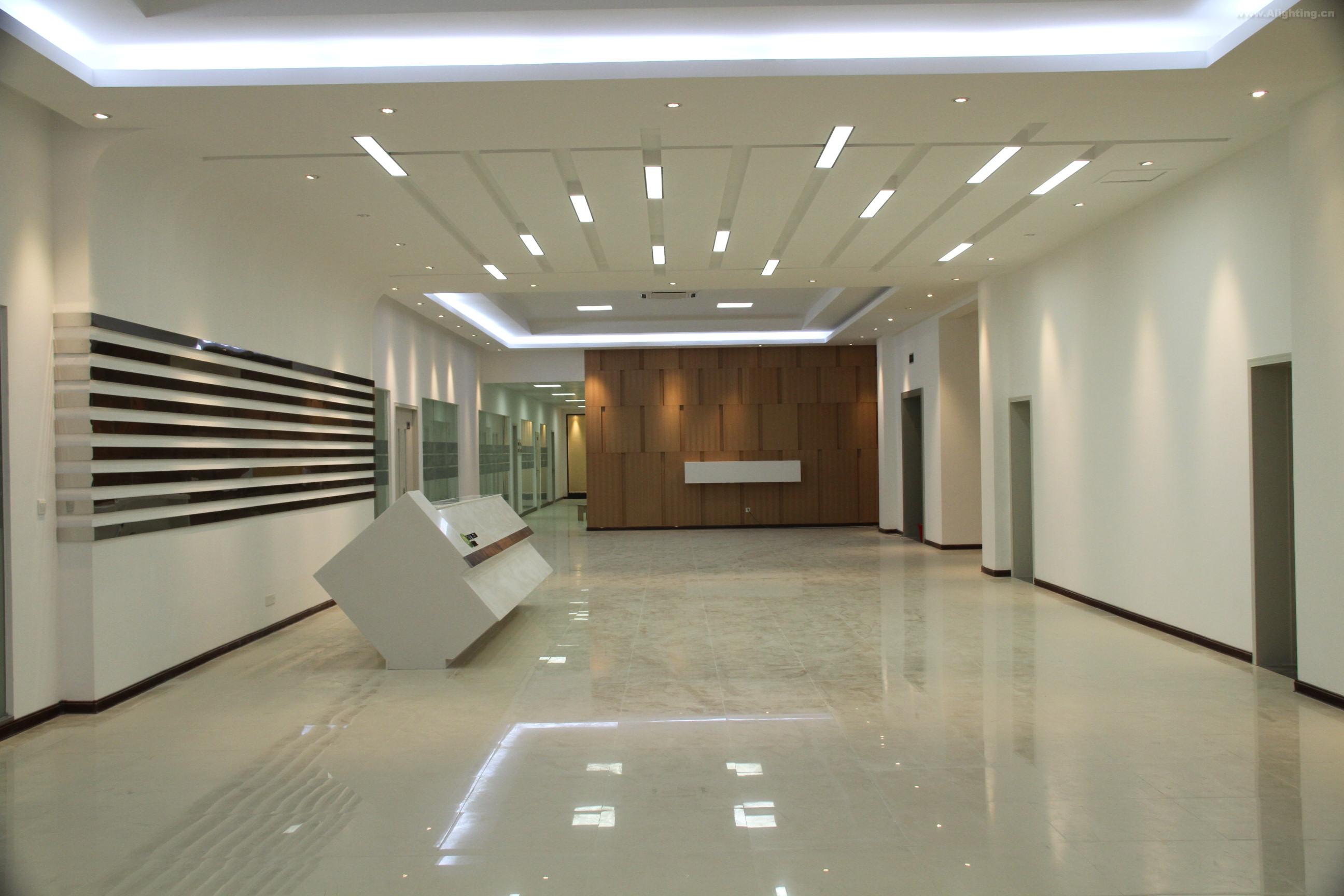

Fluorescent Lighting and CFLs
Today’s fluorescent lighting options are a far cry from the harsh, flickering, noisy lights that people associate with parking garages, warehouses, hospitals, and other commercial spaces. Today, you can obtain fluorescent lights in a wide variety of shapes, colors, and sizes to meet any needs. CFLS (compact fluorescent lamps) are essentially the same as their larger counterparts, but they are smaller in size to fit conveniently into household lamps and fixtures, rather than the long ballasts commonly associated with long fluorescent tubes.
Fluorescent Lighting as a Long-Term Investment
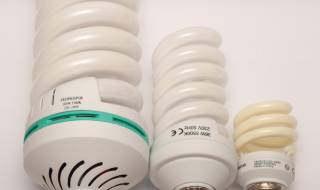

While your electricity bill may not lower drastically after changing one bulb, retrofitting an entire home or commercial space can be a huge money saver. In fact, according to the California Energy Commission, you can cut your lighting energy bill nearly in half simply by substituting just 25 percent of your lights in high-use areas with fluorescent lights.
CFLs or LEDs?
From an economic standpoint, LEDs tend to save more money in energy costs. At the same time, LEDs do have some limitations. According to Forbes, some homeowners prefer CFLs over LEDs because they’re able to provide a more natural, familiar light, similar to incandescent bulbs. Like some LEDs, CFLs also don’t require any sort of adapter to fit into traditional lamps. That means you can simply purchase your CFL, and replace your old incandescent bulbs with no hassle whatsoever.
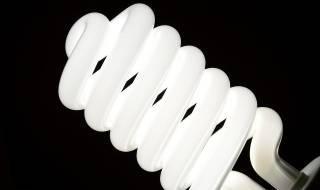

Getting Started
Transitioning over to energy-efficient fluorescent lighting doesn’t have to be a hassle. Next time a light goes out and you need to replace it, just go with a CFL. Even if you don’t immediately replace all of your light bulbs right now, you can still switch over naturally over time just by choosing fluorescent lights or LEDs next time you’re shopping for bulbs. Your bank account will thank you, and the planet will too. Save some money while saving the Earth with fluorescent lighting.
What do you think?
Advertisement


